This project is part of a larger project I’m working on with one of my classmates. He will be working on making a raspberry pi detect a red/blue ball and get the quadcopter to hover over it and I’m going to be working on making the quadcopter fly, check it out here!. We will then combine the two together to make an autonomous quadcopter which can scan an area and find the ball.
We will also be entering this project at a competition held at the University by the Robotics Soc.
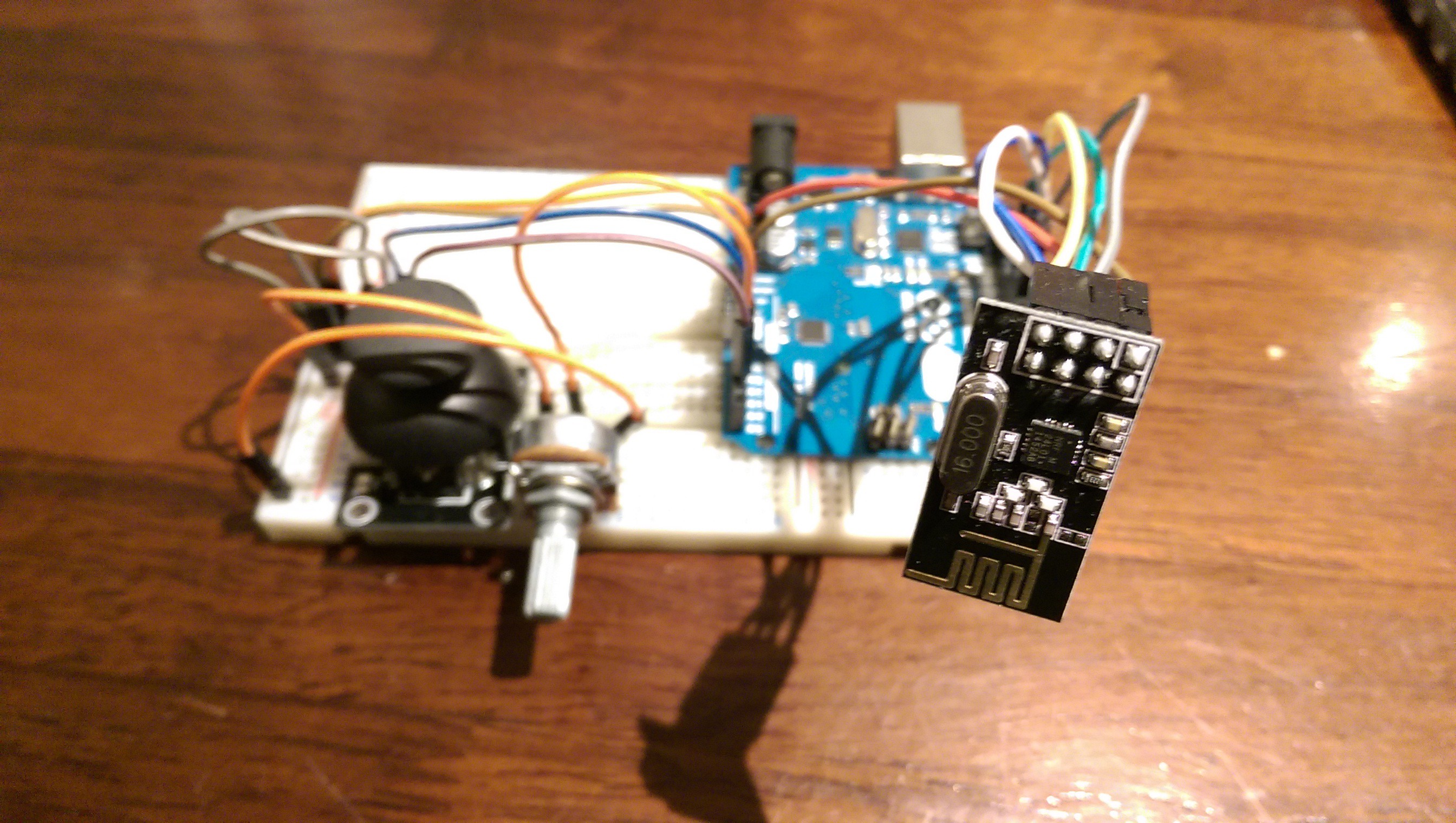


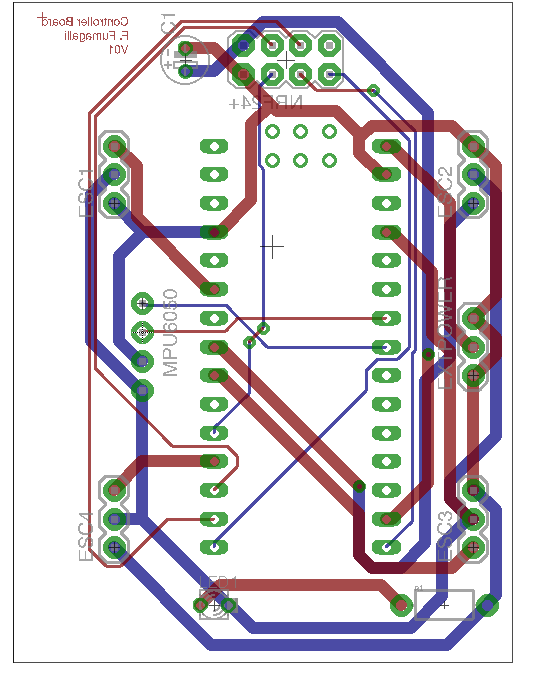
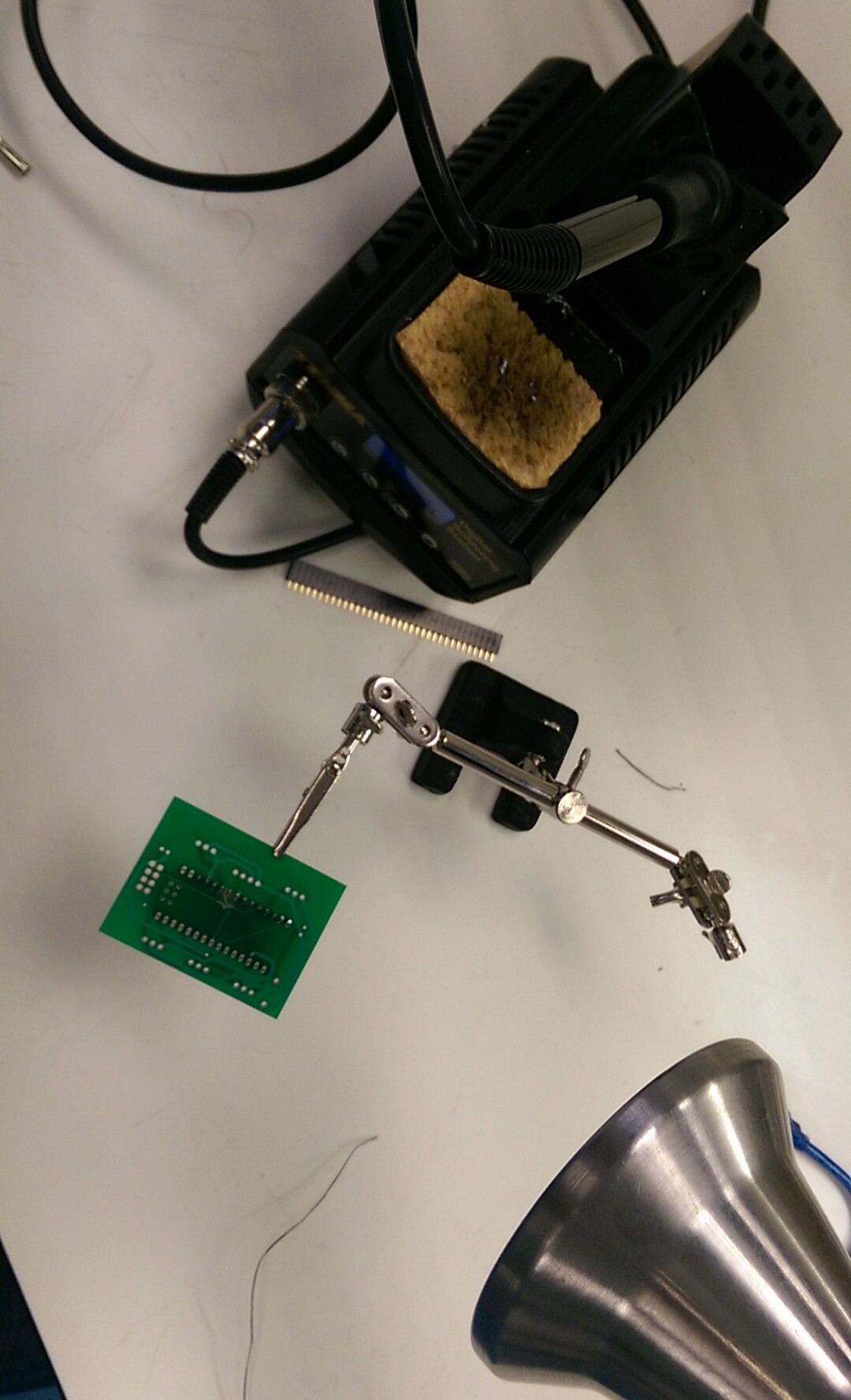


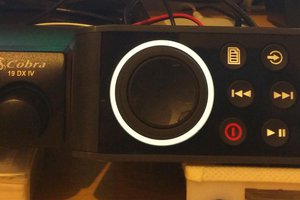
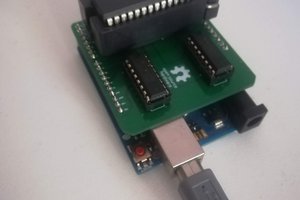
 Tobias Eriksson
Tobias Eriksson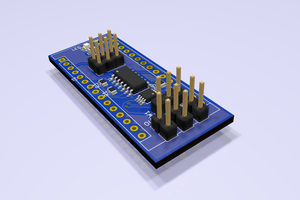
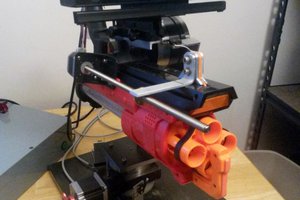
 Drew Pilcher
Drew Pilcher